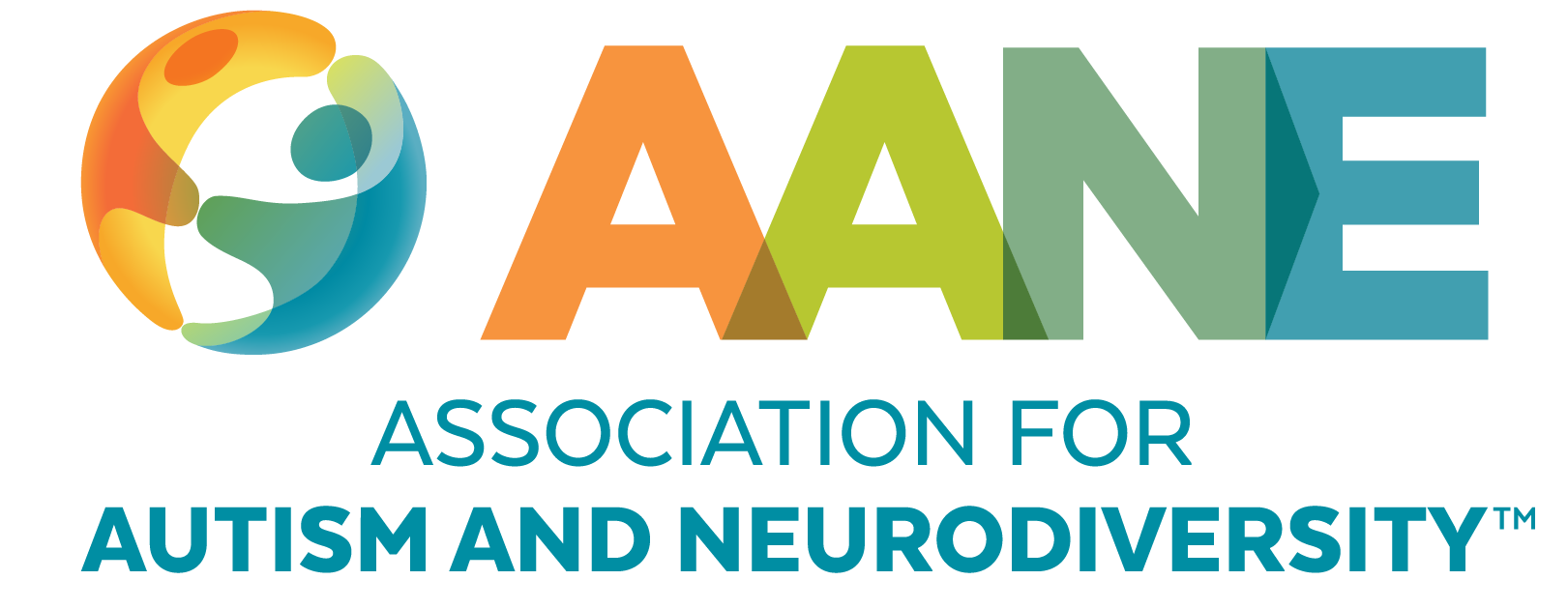
Diagnosing Autism in Adults: Why is it so hard?
About the Author
Nancy Roosa, Psy.D. has been engaged in providing neuropsychological services for children and young adults since 1997. She is now in private practice after having worked for many years for two clinics: Neuropsychological and Educational Services for Children and Adolescents (NESCA) and Children’s Evaluation Center. She graduated from Brown University with a BS degree in Neural Science and then completed her graduate work at Massachusetts School of Professional Psychology, and is currently on the AANE Board of Directors.

Virginia sat across from me, eyes twinkling, talking with self-awareness and humor about her childhood. “I had no friends. Everyone thought I was weird because I was obsessed with cats. All I wanted to do during recess was play cat games.”
Virginia is a 25-year-old woman who suspects she has autism. She had an evaluation for autism when she was 22 and was diagnosed with a variety of psychiatric conditions: Generalized Anxiety Disorder, Gender Dysphoria, Major Depressive Disorder, and Obsessive Compulsive Disorder. In the report from that evaluation, I read that her previous clinician had found her much too engaging, self-aware, and articulate to be autistic. And Virginia is all of that. But as she explains to me now, she has had to learn how to show those qualities. She remembers realizing in elementary school that her peers thought her interest in cats was weird and so she stopped talking about them. By middle school, she tried to be interested in clothes, makeup and pop music, like the other girls. But in the process of denying her interests, her personality and even her identity, she developed a host of psychiatric disorders, including a depression so severe that she considered suicide. As she described her childhood – with her lack of friendships and obsessive interest – a diagnosis of autism seemed obvious. So why was Virginia’s autism missed?
There are several reasons why clinicians have difficulty accurately diagnosing adults. One reason is that evaluators may not ask enough questions to uncover a history of social difficulties. Virginia admits to me that she was not completely open with the prior evaluator; three years ago, she was still invested in “being normal.” It was only after contemplating suicide, and with the support of loving parents, that she decided to embark on the journey to better understand herself. Hence, another evaluation.
Like many autistic people, Virginia had learned, from painful experience after painful experience, to mask her most obvious signs of autism. She had learned to not talk about cats. She had learned to ask polite questions of others, to smile a lot and to make eye contact. During our evaluation, I concluded that Virginia was making good eye contact, but during our feedback session she told me that she had been looking just over my shoulder to imitate – but avoid — direct eye contact. I was fooled! Like Virginia, many autistic adults have learned the rules about how to get by in social interactions, even if these social behaviors don’t come naturally.
Another part of the problem is that our diagnostic tools were developed for children, leaving Virginia’s prior clinician with few tools to assess autism in a formal manner. Some of my favorite tools for assessing social skills in children are not normed for adults, such as the Social Language Development Test (ages 6.0 to 17.11 years), some subtests on the NEPSY (ages 3 to 16), or the Childhood Autism Rating Scale (CARS). One instrument that does have an adult version is the ADOS (Autism Diagnostic Observation Schedule), which is often described as the “gold standard” for diagnosing autism. The ADOS features a variety of playful activities that do an excellent job of letting clinicians observe social behavior in children. However, some of these activities – asking the client to make up a story with objects or act out cartoons – can make even a neurotypical adult feel awkward. And when scoring the ADOS, much relies on the subjective judgment of the evaluator to assess the quality of a client’s social overtures, as well as their ability to engage in reciprocal conversation, use nonverbal communication (gestures, eye contact, facial expressions), describe emotions, and/or show restricted interests, among other items. A noted authority, Tony Attwood, co-wrote a recent blog pointing to research showing that the ADOS has “low diagnostic accuracy for females, older individuals and individuals with personality disorders or high intellectual ability.” Too often, clinicians rely on an ADOS score, and don’t dig deep enough – or ask the right questions – to flesh out signs of autism in adults who have learned to present themselves as neurotypical.
Perhaps most alarming is that very few clinicians receive any formal training in diagnosing autism in adults. The fields of pediatric and adult neuropsychology have traditionally been distinct; clinicians typically train in one or the other area. Adult neuropsychology has been focused on disorders of aging, such as dementia, as well as traumas, such as brain injury or wartime experiences. A colleague who trained in adult neuropsychology 6 years ago told me he never received any training in autism in his adult neuropsychology programs. And those of us who trained in pediatric neuropsychology are appropriately cautious about evaluating adults, as that can be seen as outside the scope of our training and experience.
So where does this leave the adult who thinks they might have autism and wants to seek a diagnosis? First, I would suggest finding a clinician who practices “lifespan” neuropsychology and has training in diagnosing autism across the lifespan. A savvy clinician understands that adults can look very different now than when they were younger and it’s necessary to take a careful history, asking about those early social relationships and interests. One helpful tool, the Autism Diagnostic Interview, has an option that allows you to assess how the individual presented at the age of 4 or 5, which is a time when many natural social behaviors have emerged – such as cooperative and imaginative play, eye contact and facial expressions, shared enjoyment and joint attention – and it is a time when certain hallmark symptoms of autism will have emerged – such as inflexibility, sensory sensitivities, restricted interests – but it is well before any masking has been learned. The main problem with this tool is obvious. You need to be interviewing a parent or caregiver who has a good memory of the client when they were four years old. If such a person is not available, this retrospective assessment is useless. Could you tell a psychologist about the quality of your social interactions at age four?
Fortunately, we psychologists are trained in two important tools: respectful questioning and empathic listening. If we understand masking and the incredible variety of ways that people with autism present, we can ask the right questions. If we then listen carefully to the answers, we can hear social difficulties, even if the person in front of us seems socially capable. And hopefully, this will help us not just make more accurate diagnoses but also start the process of helping people who struggle with social relationships – resulting in painful isolation and confusion – to better understand themselves, to accept themselves, to seek out appropriate supports, to engage in meaningful relationships and to develop their own unique gifts. In short, to not deny their unique identity but to embrace it.
Stay Current
Subscribe for AANE weekly emails, monthly news, updates, and more!




